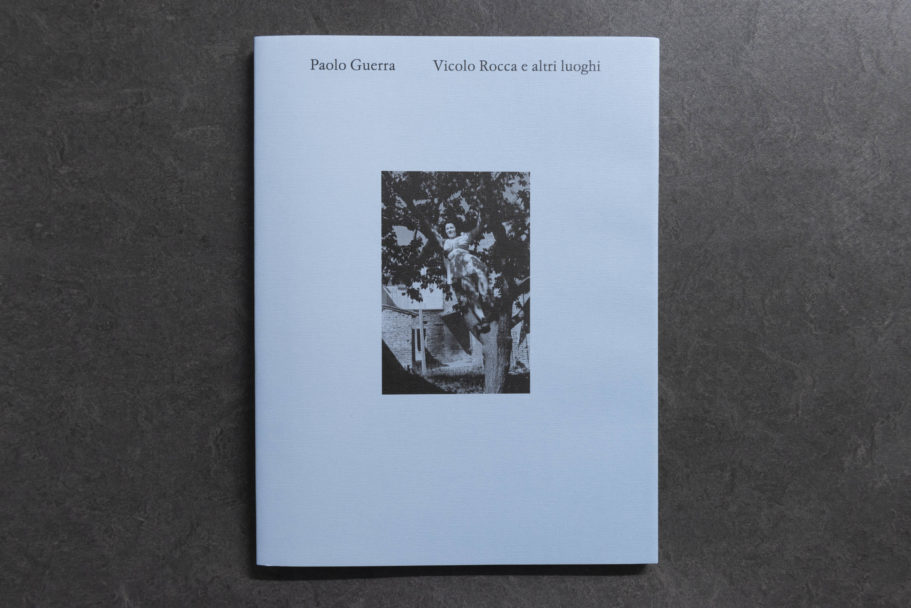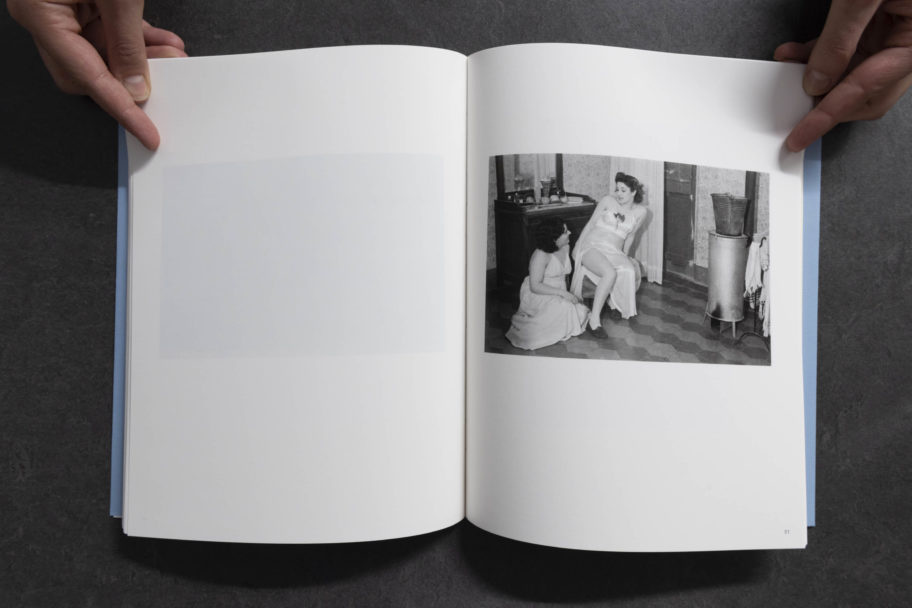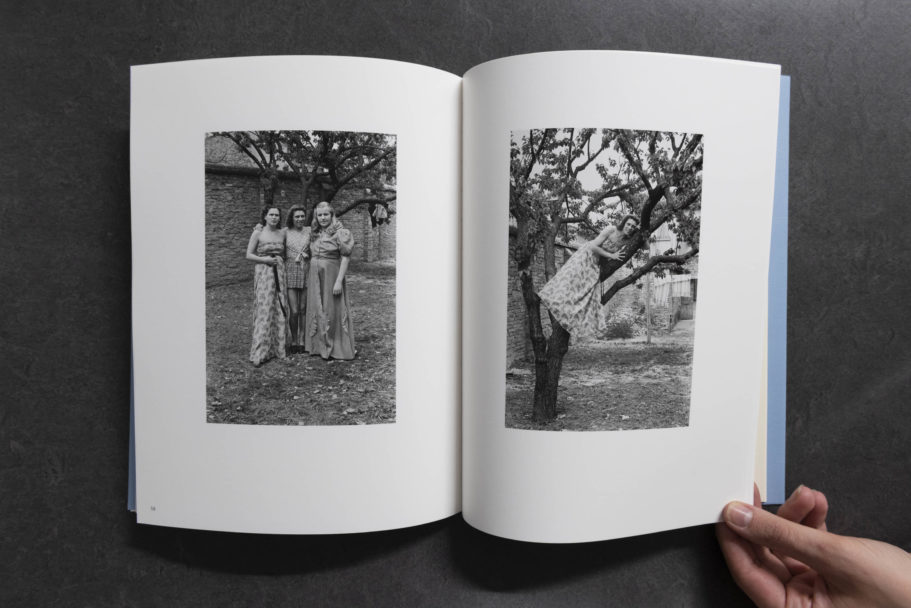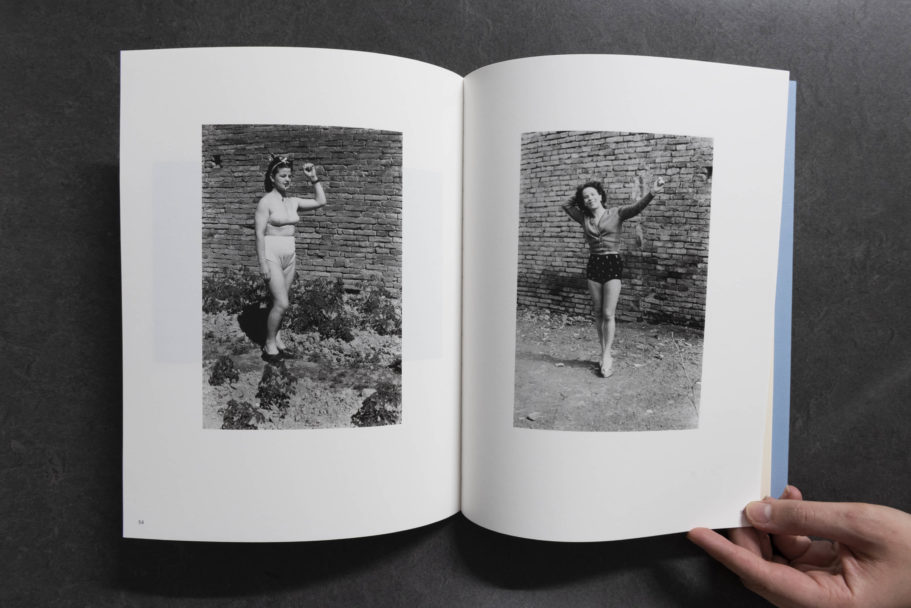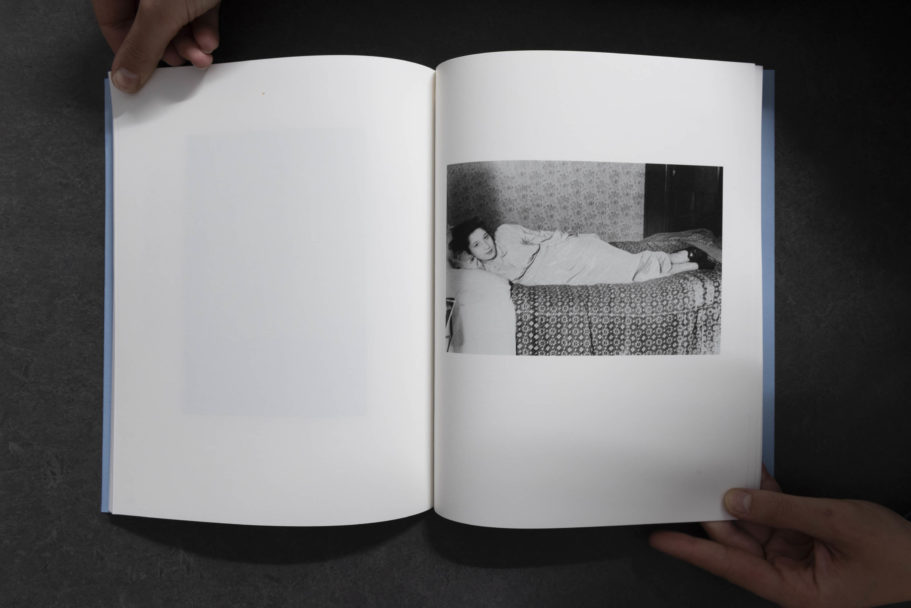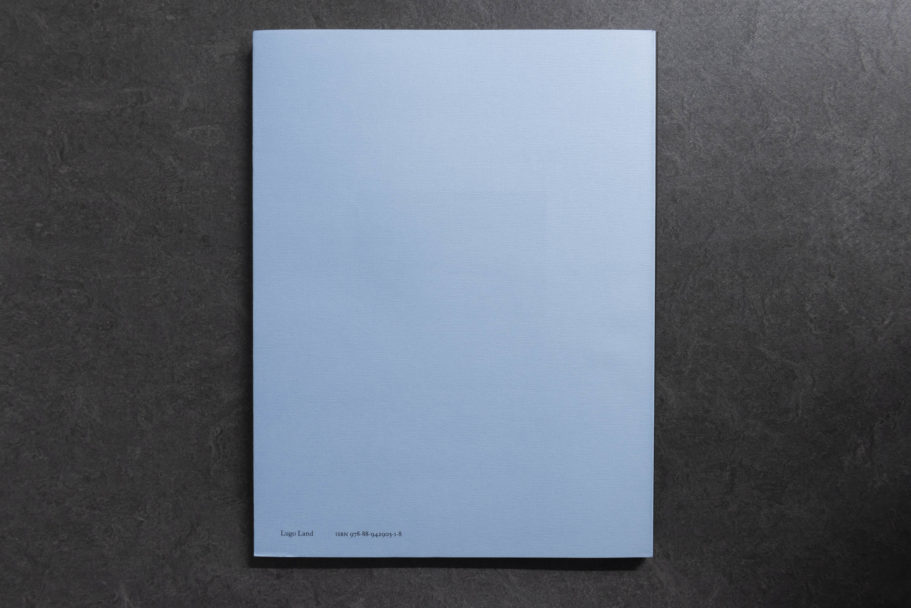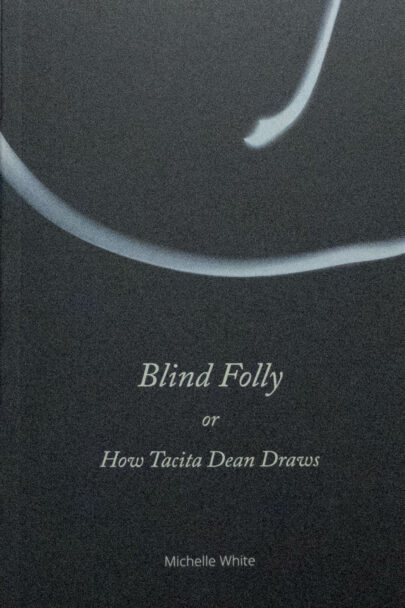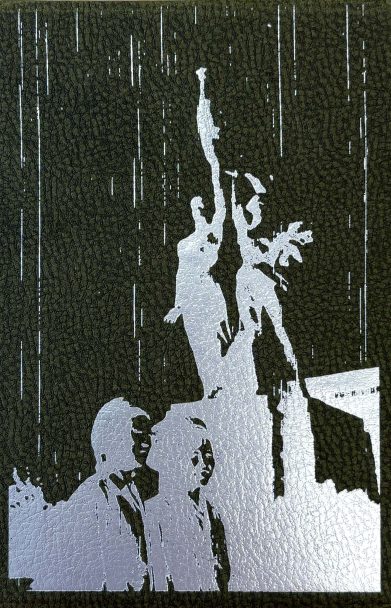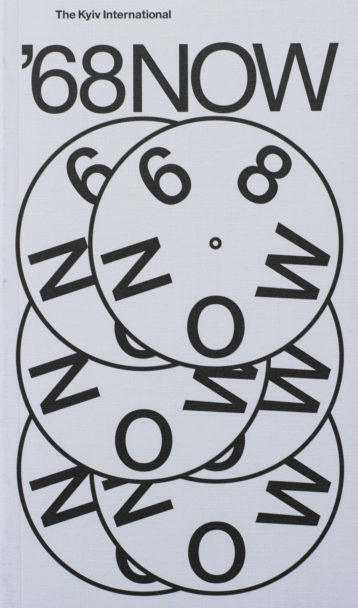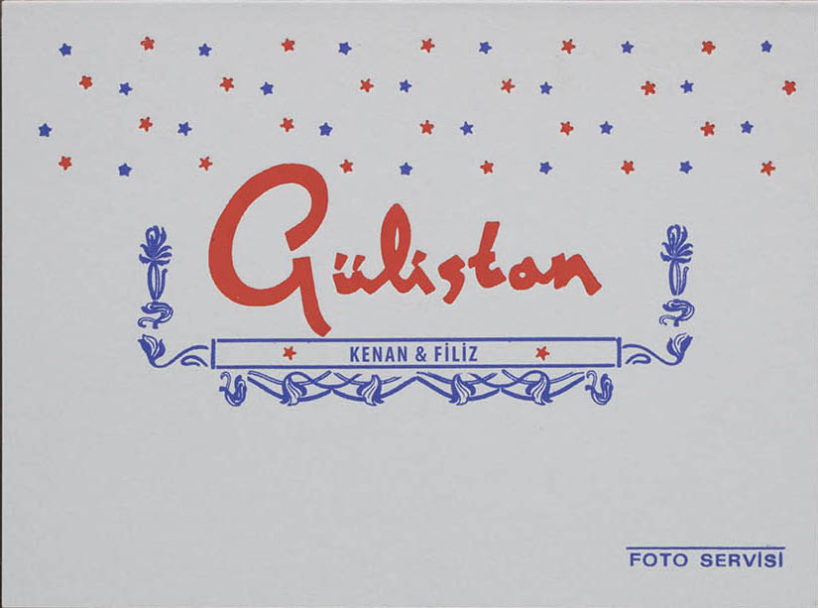
Paolo Guerra, Vicolo Rocca e altri luoghi, 2021
28 Euro
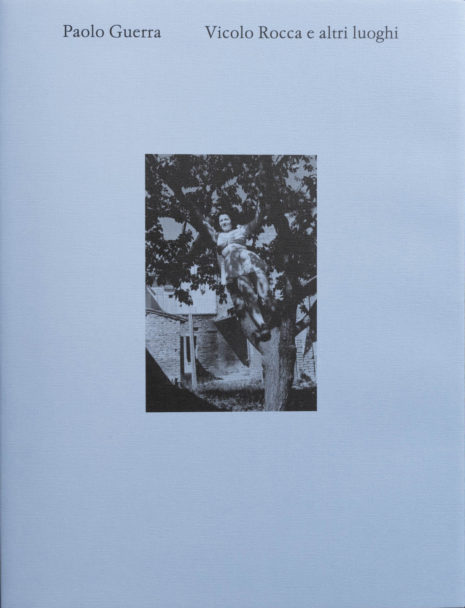
1 in stock
The Paolo Guerra archive is composed of almost 50,000 negatives, all taken with a 35mm Leica. The photographer personally catalogued his work, cutting the negatives individually and dividing them into small bundles and boxes, organized in chronological order, from 1946 to 1965. No original prints exist. The archive has remained for decades in the attic of the family home in Via Mazzini in Lugo, and was discovered by chance in 2010 by local historian Giacomo Casadio. Paolo Guerra’s photographs recount the daily life of his hometown, Lugo, following its liberation from the fascists and the German occupation, and document its rebirth and redemption from the social scars and deep economic problems left by World War II. In Guerra’s photographs, this transitional period is recorded with great immediacy and affection. Although most of the images possess the distinctive characteristics of Street Photography, within the archive it is possible to identify a specific series of portraits, taken inside the Case di Tolleranza (Houses of Tolerance) that existed in Lugo until 1958, before the introduction of the Merlin law that sanctioned their closure. There were two “casini” in Lugo, one in Via Tellarini and the other in Vicolo Rocca. The latter was one hundred meters away from Guerra’s house (however, prostitution was also practiced in other places, among which the “Trattoria alla Pesa”). The 50 photographs selected for this volume are part of a group of about 400 portraits of prostitutes, taken over a period of 9 years, from 1946 to 1955. For the first time they are presented as a specific body of work. It is unclear whether these photographs were done on commission (as advertising for potential brothel clients) or out of Guerra’s personal interest. The almost always amused and relaxed appearance of the girls suggests that the photographs were made for private, non-commercial reasons. These portraits are remarkable for their simplicity, and for the intimate, familiar atmosphere of ironic complicity. In all the photographs a friendly and affectionate attitude seems to emerge, very far from the stereotypes linked to the imagery of prostitution. Paraphrasing the critic Gilbert King, regarding E.J. Bellocq’s famous photographs of the red light district of New Orleans at the beginning of the twentieth century, these images are time capsules of humanity, even innocence, among the squalid settings of brothels. This body of work is not only an important cultural document, a testament to the people and places that housed them: it also reveals much about the photographer’s self-taught but engaging sensibility. This edition aims to deepen the life and work of Paolo Guerra, and to place it in the broader context of post-war Italian photography and culture.
Paolo Guerra, Vicolo Rocca e altri luoghi
Edizioni del bradipo, 2021
Curated by Giacomo Casadio and Luca Nostri
Designed by Filippo Nostri with an editorial note by the curators and an essay by Marina Spunta
22 × 28.5 cm
104 pages
50 duotone plates and two drawings
Softbound softcover
Italian / English
ISBN 978-88-942903-1-8
